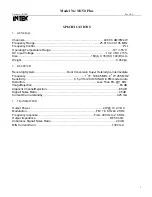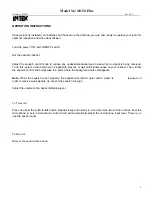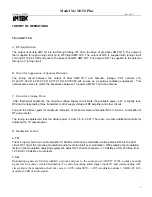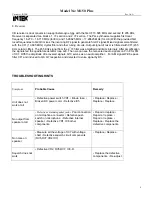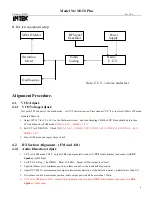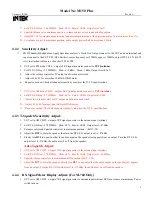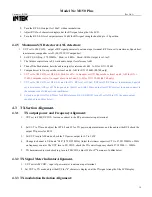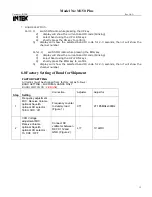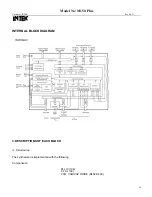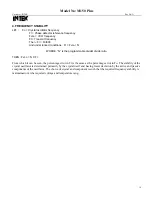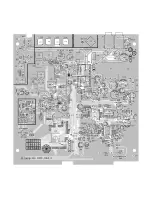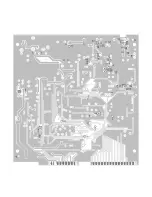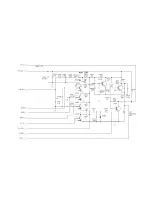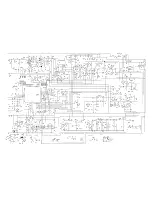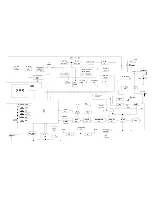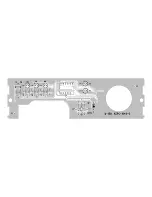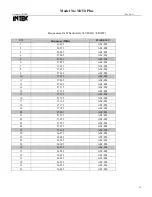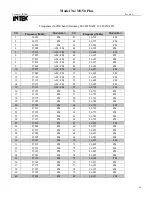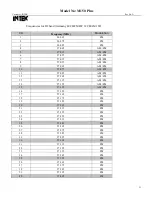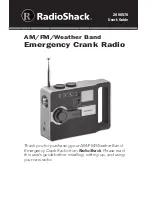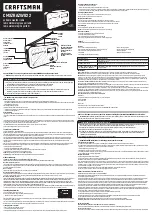
Model No: M150 Plus
Customer: INTEK Rev No: A
13
PLL CIRCUIT BLOCK DIAGRAM
1. INTRODUCTION
The frequencies for transmitter and receiver first local frequencies are all derived from a single 4.0 MHz crystal
by means of a phase locked loop. The first local oscillator frequencies are 26.965 MHz (CH 1) to
27.405MHz (CH 40) for EU and 27.60125 MHz (CH 1) to 27.99125 MHz (CH 40) for UK . The second local
frequency is fixed at 10.240 MHz to generate second IF 455 KHz.
The VCO operating frequency for the receiver is 37.660 MHz (CH 1) to 37.560 MHz (CH 40) as the first local
oscillator, injected through the buffer AMP Q411 into the first fed balanced mixer Q2 and Q3.
2. BASIC SYNTHESIZER SCHEME
The crystal frequency (4.000 MHz) is divided by 800 times to make 5 KHz which is fed to one side of the phase
detector. The VCO output is divided by a programmable divider, and fed to other side of the phase detector of
IC4. The feedback loop is closed by passing the phase detector output through an active low pass filter and using
the output to control the VCO frequency through varicap diode D402,D403
Under locked conditions, both of phase detector input signal must be indential at 5 KHz. The VCO frequency is
then given by:
FVCO / N = 0.005 MHz or FVCO = 0.005 x N MHz
Since “N” is an integer, the VCO frequency can be stepped up with 5 KHz increments. By suitable choice of “N”
the desired output frequency can be obtained.
Channel 1
Channel 40
N
FVCO
N
FVCO
FUNCTION
Transmit
5393
26.965
5481
27.405
Receive
7532
37.660
7620
38.100
EU
Transmit
5520.25
27.60125
5598.25
27.99125
Receive
7659.2
38.296
7737.25
38.68625
UK
Since all frequencies are obtained from the crystal controlled PLL oscillator, all outputs are coherent with the
crystal oscillator frequency and maintaining the same percentage accuracy.



